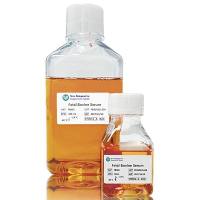En bloc
and transversal slice preparations from perinatal rodents are established in vitro models for studying control of breathing
by neurons and neighboring glial cells in the lower brainstem. These neural “respiratory networks in the dish” show features
complementary with those in recent in vivo models that enable, for example, optogenetic manipulation for studying behavioral
changes in awake animals or modulation of these circuits by higher brain regions during sleep. Contrary, the in vitro models
allow respiratory network analysis at the (sub)cellular level. This is currently studied using powerful analytical tools such
as quantitative pharmacology and patch-clamp recording of biophysical membrane properties of respiratory interneurons and/or
motoneurons (plus neighboring glia). Increasingly, these approaches are combined with fluorescence imaging of both activity
and morphology of individual cells or respiratory groups. Our recent work indicates that properties of the isolated respiratory
networks depend critically on both their physical dimensions and the composition of superfusates used for their study. Based
on this, we recommend to use anatomically “calibrated” rhythmic en bloc
and slice preparations that we have developed and to study these models in superfusate that mimics in vivo conditions as
closely as possible. We show here how these preparations are generated and present examples for pharmacological and “electrophysiological
imaging” analyses that revealed novel properties of neuron–glial networks involved in respiratory control.






